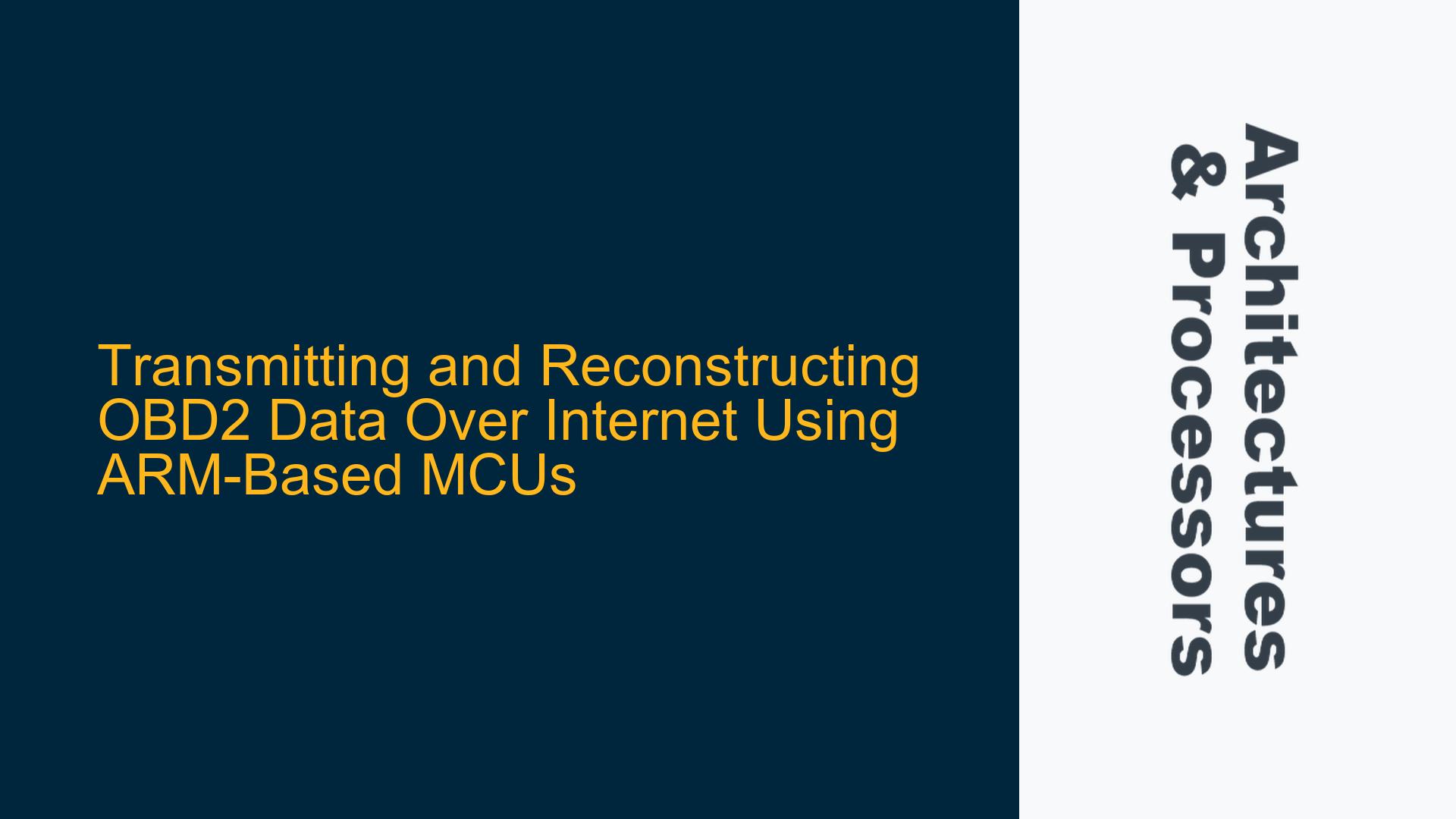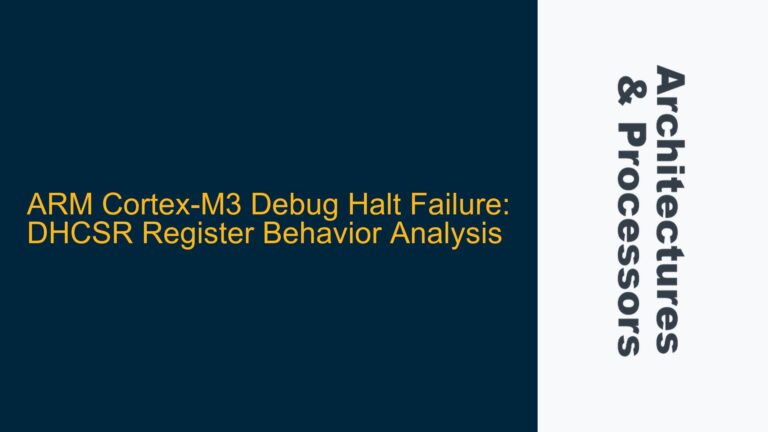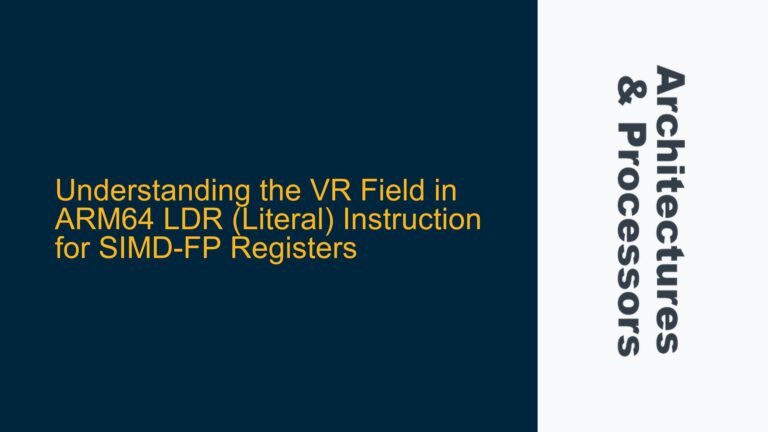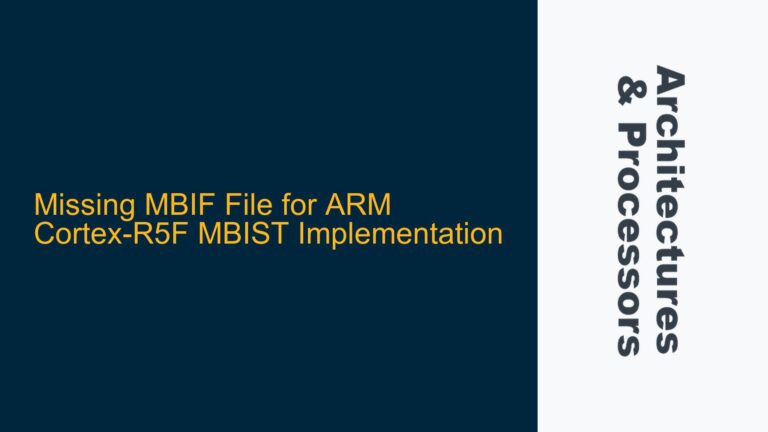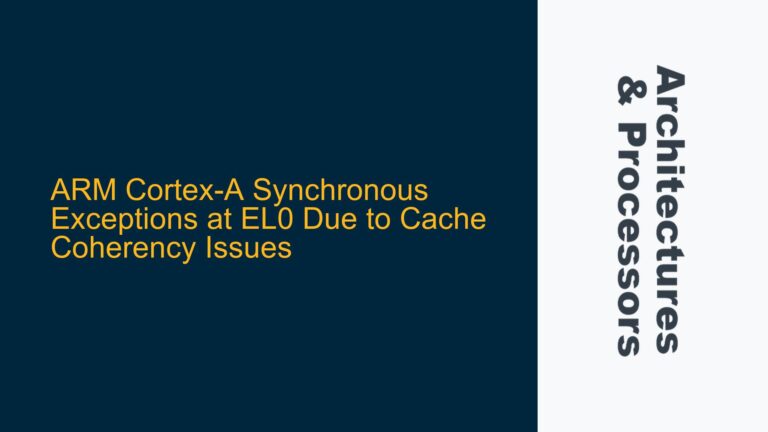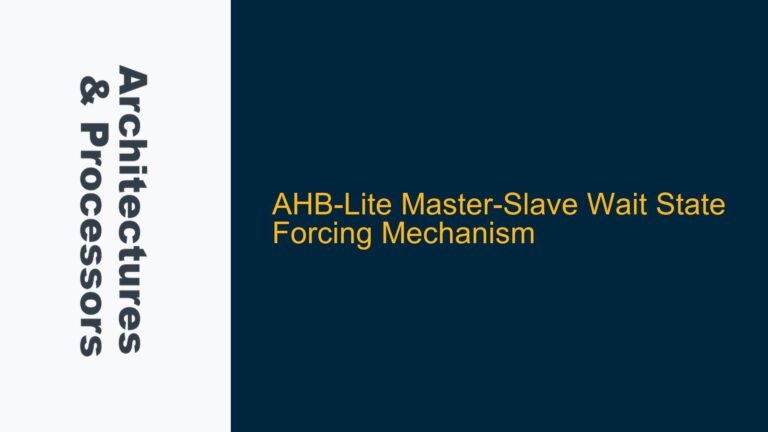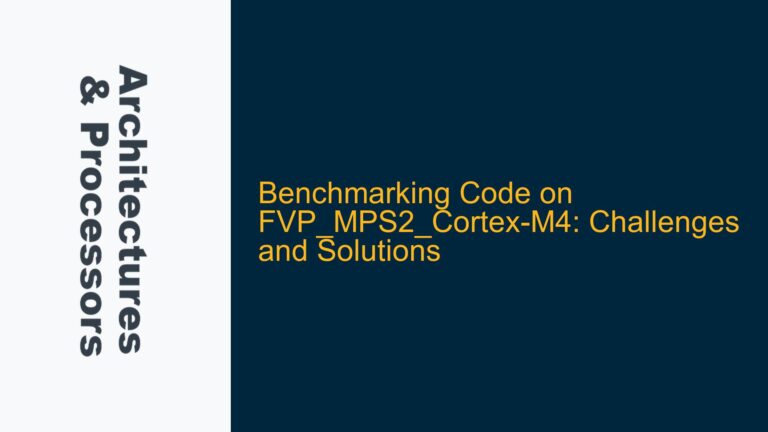OBD2 Data Transmission Challenges and Protocol Handling
The core issue revolves around transmitting and reconstructing OBD2 (On-Board Diagnostics) data over the internet using ARM-based microcontrollers (MCUs). The OBD2 port, a standard 16-pin diagnostic interface in vehicles, supports multiple communication protocols, including SAE J1850 PWM, SAE J1850 VPW, ISO 9141-2, ISO 14230 KWP2000, and ISO 15765 CAN. However, the challenge lies in handling not only these standardized protocols but also the vendor-specific protocols implemented on the remaining pins of the OBD2 connector. These vendor-specific protocols are often undocumented, making it difficult to predict their behavior or implement a universal solution.
The primary goal is to capture raw data from the OBD2 port, transmit it over the internet, and reconstruct the same data on a remote system with identical hardware. This requires a deep understanding of both the hardware and software aspects of the OBD2 interface, as well as the ability to handle unknown protocols. The user is considering using Digital Signal Processing (DSP) techniques, but it is unclear whether DSP is the appropriate approach for this specific problem. Additionally, the user is seeking a beginner-friendly development board with Wi-Fi capabilities to facilitate internet communication.
The main challenges include:
- Protocol Diversity: The OBD2 port supports multiple protocols, some of which are standardized while others are proprietary and undocumented. This requires a flexible hardware and software solution capable of handling a wide range of signal types and communication speeds.
- Data Sampling and Reconstruction: Capturing raw data from the OBD2 port without prior knowledge of the protocols requires precise timing and signal sampling. The data must then be accurately reconstructed on the remote system, which may involve dealing with timing discrepancies and signal integrity issues.
- Internet Transmission: Transmitting the captured data over the internet introduces additional complexities, such as latency, packet loss, and data compression. The system must ensure that the transmitted data is both accurate and timely to maintain the integrity of the reconstructed signal.
- Hardware Selection: Choosing the right ARM-based MCU and development board is critical. The board must have sufficient processing power to handle the data sampling and transmission tasks, as well as built-in Wi-Fi capabilities to facilitate internet communication.
Misconceptions About DSP and Protocol Handling
One of the key misconceptions in this scenario is the assumption that Digital Signal Processing (DSP) is the appropriate technology for handling OBD2 data transmission. DSP is typically used for processing analog signals in the digital domain, such as filtering, modulation, and noise reduction. However, the problem at hand involves capturing and transmitting digital signals, which is more closely related to digital communication and protocol handling rather than DSP.
The user also seems to be under the impression that AVR microcontrollers are too slow for this task, which may or may not be true depending on the specific requirements of the system. ARM-based MCUs, particularly those based on the Cortex-M series, are well-suited for this type of application due to their high performance, low power consumption, and extensive peripheral support. However, the choice of MCU should be based on a thorough analysis of the system requirements, including the data rates of the OBD2 protocols, the complexity of the vendor-specific protocols, and the overhead introduced by internet communication.
Another misconception is that the ELM327 chip, which is commonly used in OBD2 applications, can handle all the low-level protocol details. While the ELM327 does provide a simplified interface for interacting with the OBD2 port, it is limited to the standardized protocols and does not support vendor-specific protocols. This means that the user will need to implement custom logic to handle the undocumented protocols, which may involve reverse-engineering the signals and developing custom drivers.
Implementing a Robust OBD2 Data Transmission System
To implement a robust system for transmitting and reconstructing OBD2 data over the internet, the following steps should be taken:
Step 1: Hardware Selection and Setup
The first step is to select an appropriate ARM-based development board with sufficient processing power and built-in Wi-Fi capabilities. Boards based on the STM32 series, such as the STM32F4 or STM32H7, are excellent choices due to their high performance and extensive peripheral support. These boards also have a large community and plenty of resources available, making them beginner-friendly.
The development board should be equipped with the necessary peripherals to interface with the OBD2 port, including CAN transceivers for handling the CAN bus and general-purpose input/output (GPIO) pins for sampling the other signals. Additionally, the board should have a reliable Wi-Fi module, such as the ESP8266 or ESP32, to facilitate internet communication.
Step 2: Signal Sampling and Protocol Handling
Once the hardware is set up, the next step is to implement the signal sampling and protocol handling logic. This involves configuring the MCU’s peripherals to sample the signals from the OBD2 port at the appropriate rates and handle the various protocols.
For the standardized protocols (SAE J1850 PWM, SAE J1850 VPW, ISO 9141-2, ISO 14230 KWP2000, and ISO 15765 CAN), the MCU should be programmed to decode the signals according to the protocol specifications. This may involve using libraries or drivers that are available for the specific protocol.
For the vendor-specific protocols, the MCU will need to sample the raw signals and store them in a buffer for later analysis. This may involve using a logic analyzer or oscilloscope to capture the signals and reverse-engineer the protocol. Once the protocol is understood, custom drivers can be developed to handle the signals.
Step 3: Data Transmission Over the Internet
After the signals have been sampled and processed, the next step is to transmit the data over the internet. This involves packaging the data into a suitable format (e.g., JSON, XML, or a custom binary format) and sending it over a Wi-Fi connection to a remote server.
The data transmission process should be designed to handle potential issues such as latency, packet loss, and data corruption. This may involve implementing error detection and correction mechanisms, as well as using a reliable transport protocol such as TCP.
Step 4: Data Reconstruction on the Remote System
On the remote system, the transmitted data must be reconstructed to match the original signals captured from the OBD2 port. This involves decoding the data according to the protocol specifications and reproducing the signals on the remote hardware.
The remote system should be equipped with the same hardware as the source system to ensure that the signals are accurately reconstructed. This may involve using the same ARM-based development board and peripherals, as well as implementing the same protocol handling logic.
Step 5: Testing and Validation
The final step is to test and validate the system to ensure that it performs as expected. This involves testing the system with a variety of OBD2 protocols, including both standardized and vendor-specific protocols, to ensure that the data is accurately captured, transmitted, and reconstructed.
Testing should also include stress testing to evaluate the system’s performance under high data rates and adverse network conditions. This will help identify any potential bottlenecks or issues that need to be addressed.
Conclusion
Transmitting and reconstructing OBD2 data over the internet using ARM-based MCUs is a complex task that requires a deep understanding of both hardware and software. By carefully selecting the appropriate hardware, implementing robust signal sampling and protocol handling logic, and ensuring reliable data transmission and reconstruction, it is possible to build a system that meets the requirements of this challenging application.
